New

Turn Your DMs Into Lead Gen!
Learn how to collect lead data from your DMs such as email addresses, phone numbers, and more right from your social inbox. If you are not yet automating your DMs your competitors are outpacing you.
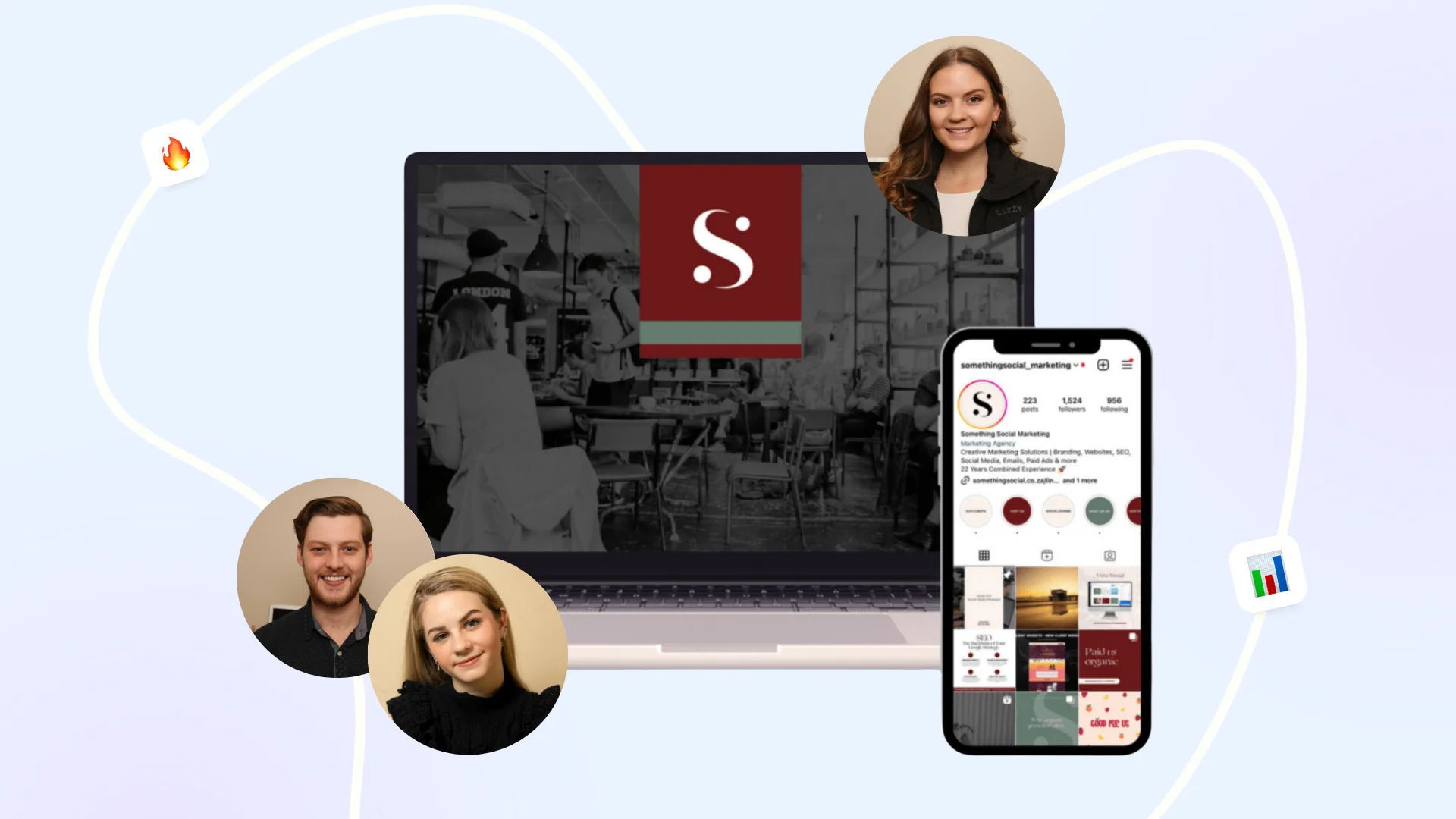
How Something Social Saved 75% of Their Time and Increased Revenue by 15%
See how a fast-growing agency improved operations, cut down hours of manual work, and unlocked new revenue opportunities with Vista Social.
New
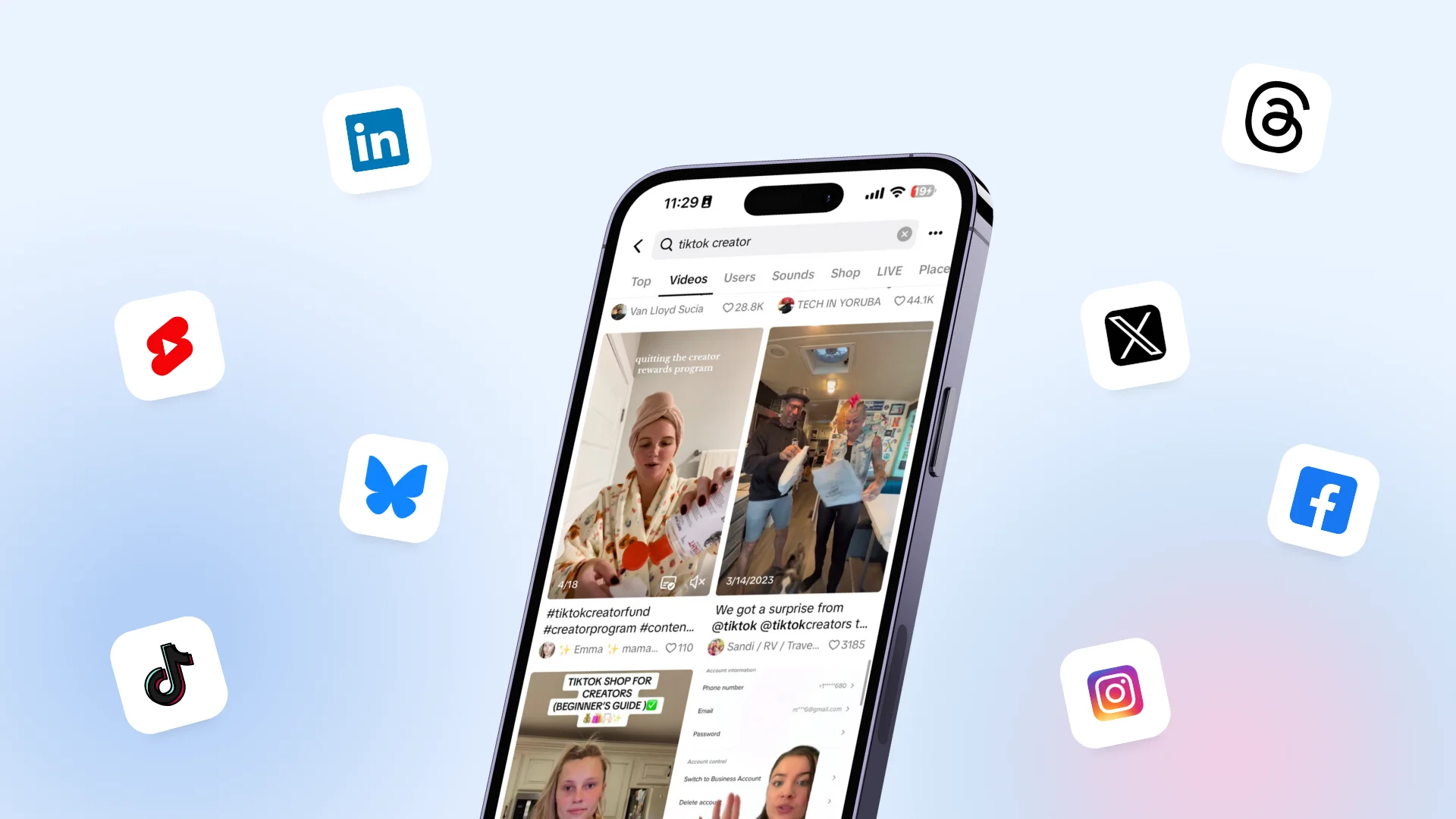
50 Unique Social Media Ideas for Consistent Content Creation
Discover 50 unique social media post ideas to engage your audience, grow your brand, and maintain a consistent content strategy with ease!

Mastering Content Reuse: The Key to a Consistent and Sustainable Posting Strategy
Published on September 23, 2025
13 min to read
Social Media Brand Monitoring: Tools And Tactics Marketers Should Know
Summarize with AI
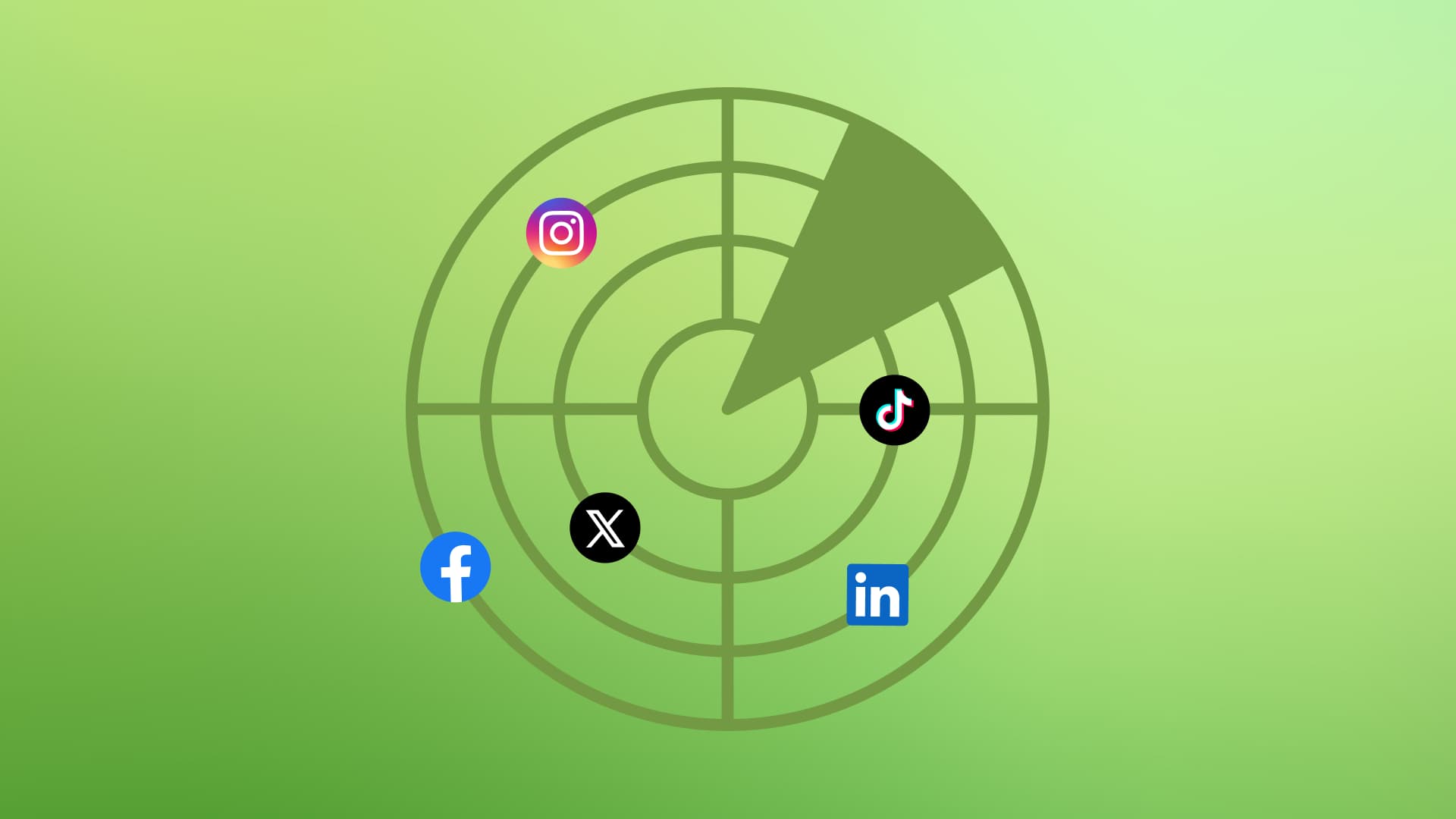
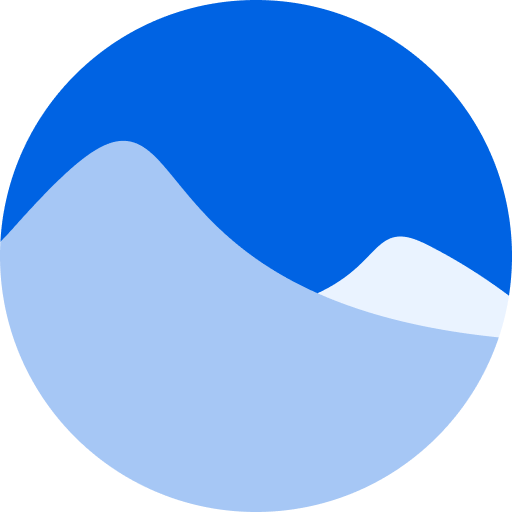
Table of Content

Social media is where your brand’s reputation is won—or lost. A glowing review can spark loyalty and go viral in minutes. But one negative post can spiral out of control before you even notice.
Today’s customers expect instant replies. Competitors track every move. Trends shift overnight. That’s why social media brand monitoring isn’t just a luxury. It’s survival.
By tracking brand mentions, analyzing sentiment, and following conversations in real-time, you get the visibility to:
- Protect your reputation
- Engage with customers when it matters most
- Spot growth opportunities before competitors do
This guide breaks it all down: what brand monitoring really means, why it’s critical, which tools to use, and the tactics that actually work.
Table of contents
What is social media brand monitoring?
Social media brand monitoring is the process of tracking conversations, mentions, and sentiment about your brand across different platforms. It’s about knowing what people are saying—whether they tag you directly or not.
Unlike simple analytics (like counting likes or shares), monitoring focuses on perception, sentiment, and engagement.
Social media brand monitoring involves tracking the following:
- Direct mentions of your brand name
- Branded hashtags and product references
- Misspellings, abbreviations, and nicknames of your brand name
- Customer reviews on social channels
- Conversations in groups, forums, or communities
- Positive, negative, and neutral sentiment
A Reddit thread might be buzzing with untagged mentions of your company. Brand monitoring ensures you don’t miss it.
Or perhaps someone posted on TikTok about your product without tagging your brand. With monitoring, you’ll still be able to find it.
This TikTok user showing Ilia Beauty products in her video without including #iliabeauty or mentioning the brand name in the post’s description is a classic example.
Without a social media brand monitoring system, Ilia Beauty would have missed the post mentioning their brand—and with it, the chance to engage, amplify visibility, and turn the moment into an opportunity.
Why social media brand monitoring matters
Speed rules on social media, and brands that move slowly lose ground. Customers expect answers in real time, not hours later. Every second of silence can feel like neglect, and every delayed response creates space for frustration to grow.
At the same time, competitors are watching closely. They study your campaigns, your engagement, and your audience’s reactions. If you’re not paying attention, they’ll spot opportunities you’ve missed and use them to get ahead.
This is why social media brand monitoring is no longer optional.
It gives you the ability to track mentions, analyze sentiment, and spot issues before they spiral. With the right tools, you can protect your reputation, strengthen customer relationships, and keep your brand ahead of the competition.
Here’s what makes it a game-changer for your brand.
1. Meet customer expectations
Research shows that 76% of customers expect brands to reply within 24 hours—many want answers within a few hours. Monitoring allows you to deliver.
Fast response times show customers that your brand values their time. When you reply quickly, you build credibility and increase satisfaction. Over time, this responsiveness becomes a competitive advantage that keeps customers coming back.
2. Prevent crises
Negative comments, misinformation, or viral complaints spread quickly. Monitoring helps you act before things escalate.
By catching problems early, you can address them before they go public. This not only protects your reputation but also prevents revenue loss from lost trust. Brands that are proactive often turn potential crises into opportunities for customer loyalty.
3. Benchmark competitors
Competitor mentions reveal gaps you can fill and strengths you should match.
By monitoring their feedback, you see what customers love about them and where they fall short. This gives you insights to improve your own strategy. It also helps you spot market trends more quickly, allowing you to stay one step ahead of the competition.
4. Gather insights
Feedback helps refine your products, campaigns, and content strategy.
Every comment, review, or mention is a data point that reveals what your audience cares about. Monitoring ensures you capture and analyze these signals. The result is smarter decision-making and campaigns that resonate more effectively.
5. Build trust
Customers who feel heard often become loyal advocates.
When you acknowledge feedback, positive or negative, you prove that your brand listens. This transparency fosters stronger relationships and promotes a sense of community.
Remember, trust can transform casual customers into long-term supporters and brand promoters.
Social media brand monitoring vs. social listening
Marketers often confuse monitoring with listening. While related, they serve different goals.
Brand monitoring zeroes in on your company. It tracks direct mentions, hashtags, product names, and executives. It answers: What are people saying about me right now?
Social listening casts a wider net. It tracks industry keywords, competitor mentions, and cultural conversations. It answers: What’s shaping my industry and audience behavior?
Example:
- Monitoring tells you that someone tweeted, “I hate waiting for [Your Brand]’s delivery.”
- Listening shows you the broader trend: “Customers across your industry are frustrated by long delivery times.”
Both are critical. Monitoring protects your reputation, while listening prepares you for the future.
Core tactics for social media brand monitoring
Monitoring only works if you use the right tactics. Let’s break down the strategies every marketer should adopt.
1. Track branded keywords and hashtags
Your first step is tracking branded terms. Start with your company name, product names, and official hashtags. But don’t stop there—include variations, nicknames, and misspellings.
For example, Starbucks should monitor “Starbucks,” “Starbux,” “SBucks,” and “Starbucks Coffee.” This ensures no conversation slips through.
Tracking hashtags is equally important because many customers engage with brands through campaign-specific or trending tags.
Monitoring both branded and campaign hashtags allows you to measure how well your campaigns resonate. It also helps you spot when a hashtag gets hijacked or used in a negative context.
Don’t forget to include event hashtags, product launch terms, or seasonal campaigns, as customers often use these instead of tagging the brand directly.
By monitoring these conversations, you capture valuable feedback that can guide marketing decisions.
The more comprehensive your keyword and hashtag list is, the more complete your understanding of brand perception will be. This practice ensures that no matter how people talk about your business, you’ll have the chance to engage and respond.
2. Monitor competitor mentions
Your competitors’ conversations are just as valuable as your own. By tracking competitor mentions, you learn:
- What customers love about them (benchmarks for your strategy).
- What customers hate about them (opportunities to outperform).
- How their engagement compares to yours.
Vista Social lets you create competitor listening streams alongside your own. This gives you a side-by-side comparison of sentiment, mentions, and engagement.
To do this, set up a listener that can monitor posts beyond your own social profiles, aka, your competitors’ profiles.
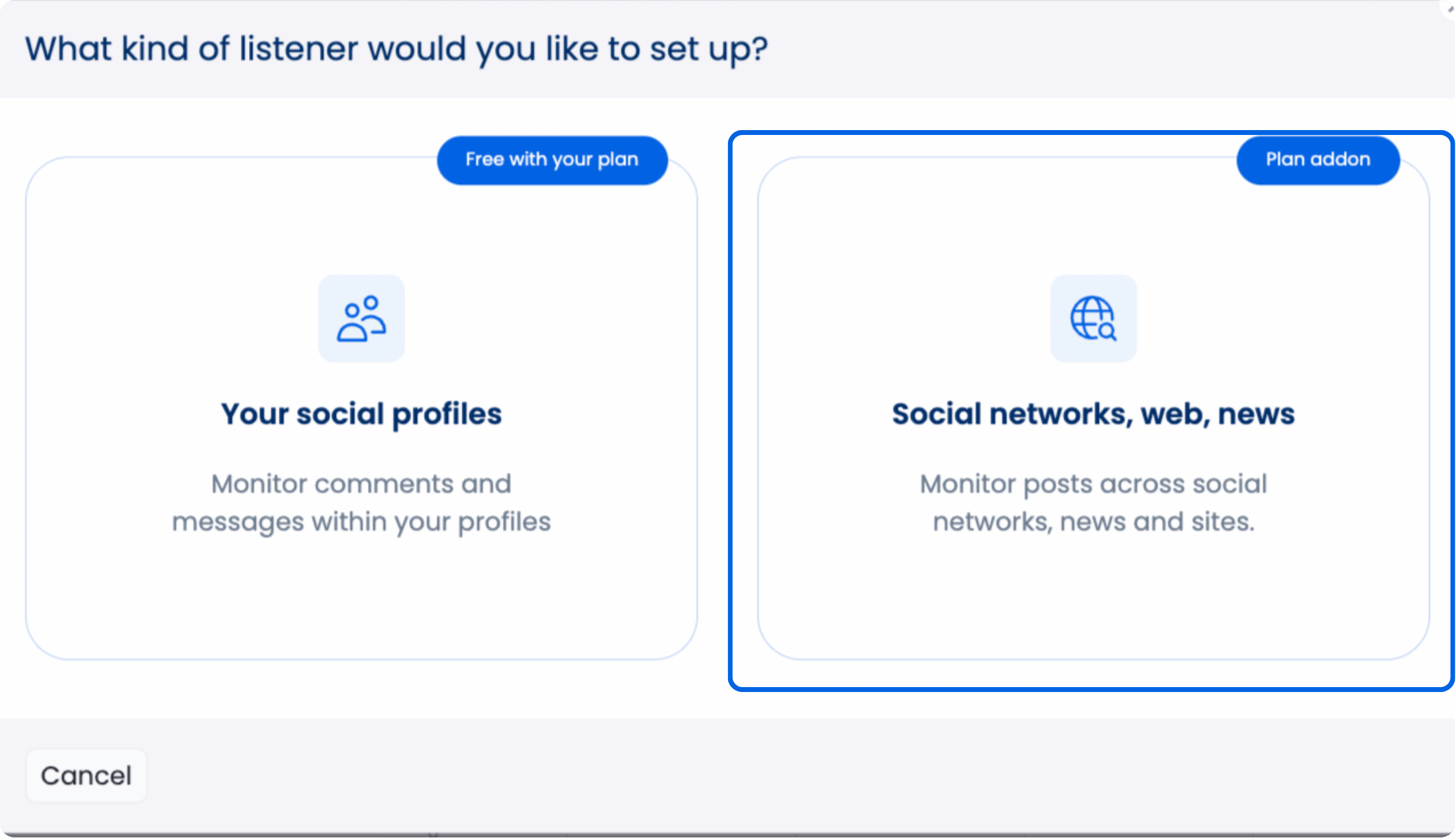
Then, you can customize your listener’s appearance, choose your sources, and create your query by adding the keywords you want your listener to listen for.
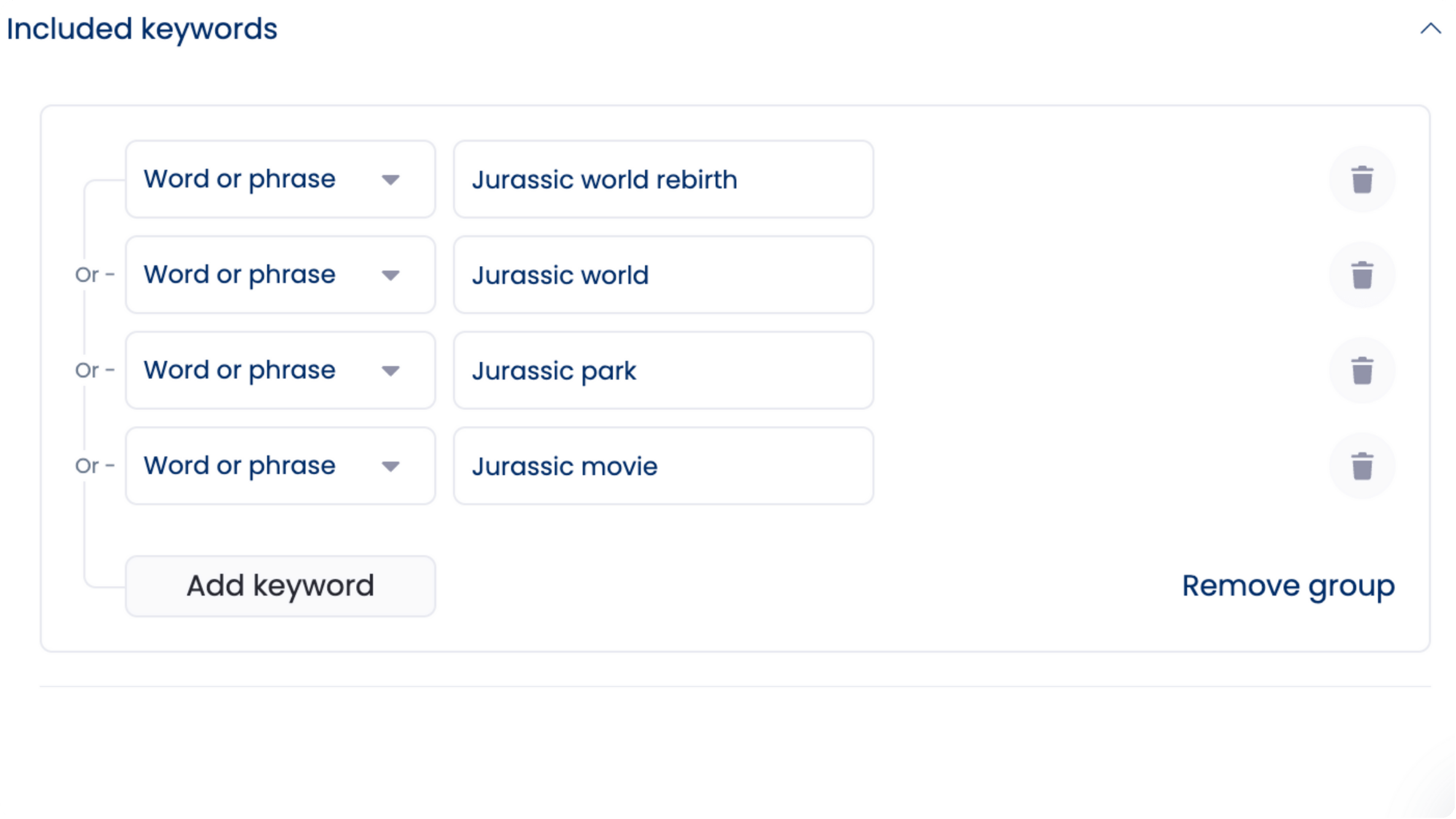
3. Pay attention to customer sentiment
It’s not enough to know how often your brand is mentioned. You need to know how people feel about it.
Sentiment analysis classifies mentions as positive, negative, or neutral. This tells you if people are praising your service or complaining about delays.
By paying attention to sentiment, you can detect shifts in customer satisfaction early and address recurring pain points.
Positive sentiment highlights what your audience loves, guiding future campaigns. Neutral mentions often provide valuable context or opportunities to educate. Negative sentiment, if left unchecked, can snowball into a reputation issue, making proactive monitoring essential.
4. Engage directly with mentions
Monitoring without responding is wasted effort. Customers want acknowledgment, whether they tag you directly or not.
When you reply to mentions, especially untagged ones, you surprise customers by showing you’re listening. This builds goodwill.
Engaging directly also helps prevent misinformation from spreading, since you can quickly clarify facts in public conversations.
It strengthens relationships by turning casual mentions into meaningful exchanges. Active engagement also boosts visibility in social algorithms, which favor interactions between brands and users.
Responding consistently demonstrates transparency, showing your audience that you value their voice. This creates a stronger sense of community and positions your brand as approachable and trustworthy.
Ignoring mentions, on the other hand, leaves space for competitors to step in and win over your audience.
Must Read: Social Media Engagement Examples & Winning Strategies
5. Spot emerging crises early
Every brand is one viral post away from a PR problem. Monitoring allows you to identify small issues before they escalate.
For example, if multiple customers start posting about a technical glitch, you can respond proactively.
In Vista Social, set up real-time alerts for crisis keywords, such as “scam,” “cancel,” or “fraud.” This ensures your team is notified immediately.
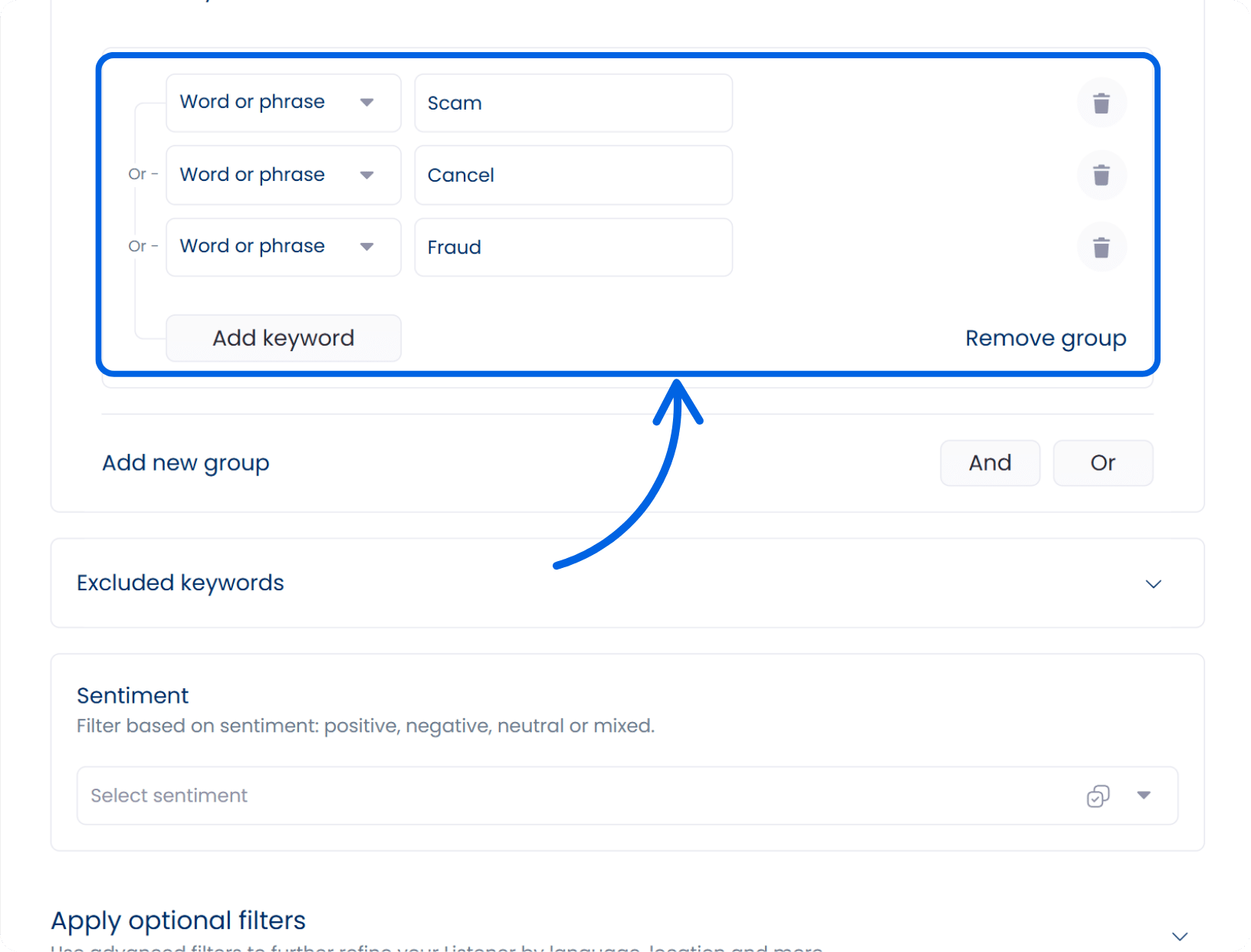
6. Track employee and partner mentions
Your reputation isn’t shaped only by customers. Employees, ambassadors, and partners also play a role in influencing it. Monitoring these mentions ensures consistency and protects your brand from misinformation.
Vista Social offers employee advocacy tools, enabling you to distribute pre-approved content and track its performance.
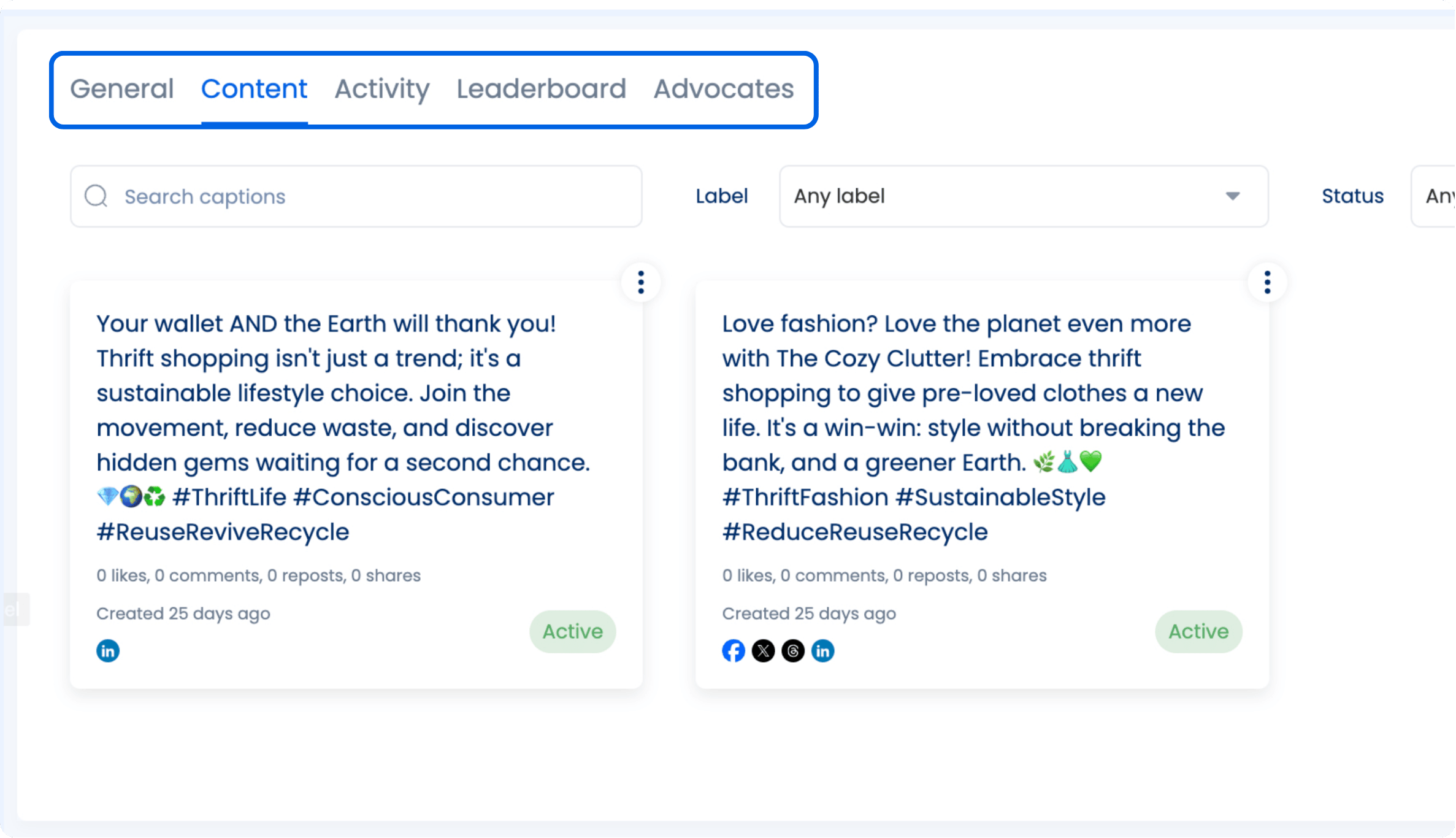
7. Leverage user-generated content (UGC)
User-generated content (UGC) is one of the most powerful assets you can capture. Customers sharing reviews, photos, or videos create authentic marketing material. Instead of letting UGC vanish, monitoring helps you identify and repurpose it.
Vista Social allows you to save UGC directly into your media library.
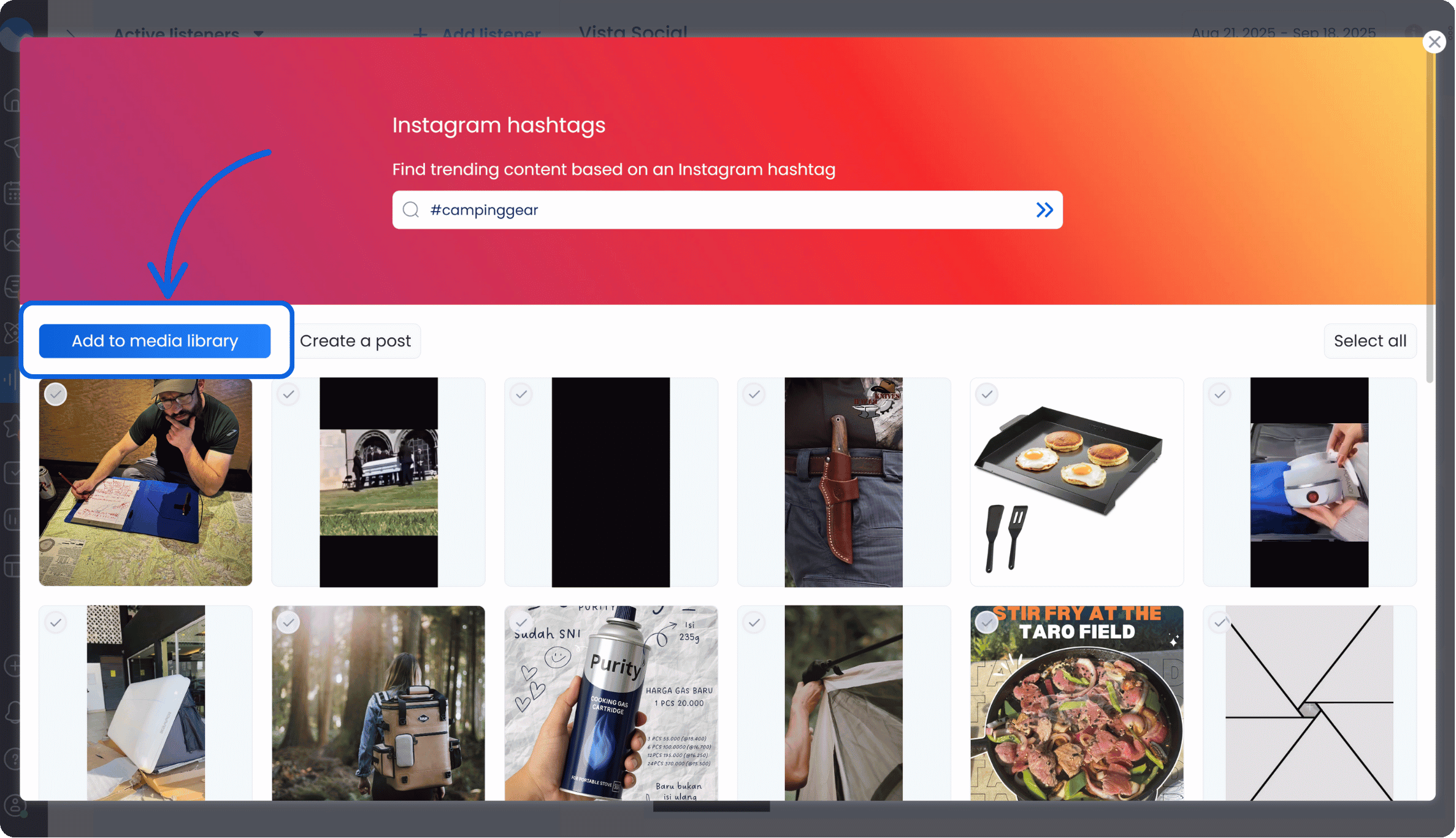
8. Compare sentiment across platforms
Not all platforms reflect your brand equally. Customers may celebrate you on Instagram while criticizing you on Reddit.
Monitoring allows you to identify your strongest and weakest communities. By comparing sentiment across platforms, you identify which channels need more attention and which ones can serve as growth hubs.
This type of analysis also reveals where your messaging resonates most effectively.
For instance, a campaign that performs well on TikTok may fall flat on LinkedIn, which often calls for more professional, insight-driven content. Without sentiment tracking, it’s easy to assume your strategy is working everywhere when it may only be resonating in specific spaces.
Another key benefit of cross-platform comparison is crisis detection.
Negative sentiment on one platform can spill over into others, and spotting these shifts early allows you to act before the problem escalates. It also helps you customize responses by channel—what works on Reddit may not resonate with Instagram audiences.
Ultimately, tracking sentiment across multiple platforms provides a more comprehensive view of your brand’s reputation as a whole.
Instead of relying on isolated feedback, you get a balanced view that reflects the diversity of your audience.
Try Vista Social for Free
A social media management platform that actually helps you grow with easy-to-use content planning, scheduling, engagement and analytics tools.
Get Started NowOver time, this leads to more informed resource allocation, enhanced engagement strategies, and a more resilient brand positioning.
Platform-specific brand monitoring tactics
Each platform has its own culture, rules, and user behavior. That means your social media brand monitoring strategy should adapt to each one. Here’s how to approach the major networks.
Facebook is still a powerhouse for communities and customer reviews. Monitoring here means looking beyond direct tags and focusing on group conversations and page interactions.
Steps to monitor effectively:
- Track brand mentions in groups and comments, even when you’re not tagged.
- Monitor business page reviews as many customers share detailed feedback there.
- Keep an eye on competitor pages to see how their customers engage.
Why it matters: Facebook groups often contain untagged mentions that you’d miss without monitoring. By actively tracking reviews and group conversations, you can join discussions early, resolve concerns, and identify opportunities for advocacy.
Instagram is a visual-first platform, which makes UGC the gold standard for brand conversations.
Instagram monitoring means staying on top of posts, Stories, and influencer mentions.
Steps to monitor effectively:
- Track branded hashtags that customers use to share their experiences.
- Capture tagged and untagged Stories mentions—Stories disappear quickly, so timing is everything.
- Monitor influencer collaborations and UGC, as these posts often drive brand discovery.
Why it matters: Customers use Instagram to show, not just tell. Tracking visuals tied to your brand helps you repurpose authentic content, strengthen campaigns, and connect with creators who already endorse you.
X/Twitter
X/Twitter moves fast—which means your monitoring strategy has to move faster. Conversations here often spark larger narratives that can trend within minutes.
Steps to monitor effectively:
- Watch brand mentions (tagged and untagged) since many users forget to @mention brands.
- Track trending hashtags linked to your brand or industry.
- Pay attention to retweets and quote tweets, as these often contain added feedback or criticism.
Why it matters: The speed of X/Twitter makes it a hotspot for both praise and crises. A solid monitoring strategy ensures you catch mentions in real time, respond quickly, and prevent issues from trending negatively.
TikTok
TikTok thrives on creativity, and brand mentions aren’t always obvious. Monitoring here requires digging into sounds, trends, and community engagement beyond tags.
Steps to monitor effectively:
- Track viral sounds tied to your brand—customers may not tag you but use your products in trending content.
- Monitor duets and stitches, which often contain reactions and reviews.
- Identify creators mentioning your products organically, even without campaigns.
Why it matters: UGC on TikTok drives trends faster than other platforms. By monitoring early, you can amplify positive mentions, spot micro-influencers, and prevent negative content from gaining traction.
LinkedIn monitoring is about professional reputation. It’s where thought leadership, employee advocacy, and competitor positioning matter most.
Steps to monitor effectively:
- Track mentions in thought leadership posts where your brand is discussed.
- Monitor employee activity tied to advocacy, ensuring messages align with brand values.
- Watch competitor company page engagement to see how they build authority.
Why it matters: Monitoring LinkedIn helps protect your employer brand while strengthening industry credibility. It also ensures employee posts amplify your reputation instead of accidentally harming it.
Reddit is one of the most unfiltered platforms. Customers often share raw, honest feedback in subreddit discussions. Monitoring here can uncover early issues you won’t see elsewhere.
Steps to monitor effectively:
- Watch subreddits relevant to your industry for conversations that impact perception.
- Track threads mentioning your brand, even without tags.
- Monitor review-style posts and sentiment, which often influence buying decisions.
Why it matters: Reddit conversations often surface before they hit mainstream platforms. Monitoring Reddit helps you catch emerging problems, address misinformation, and join conversations authentically.
Best tools for social media brand monitoring
Several tools exist, but here are the most effective ones for brand monitoring.
1. Vista Social
Vista Social is more than just a monitoring tool—it’s an all-in-one platform built for modern social media management.
Instead of juggling separate tools for publishing, engagement, analytics, and monitoring, Vista Social combines them into a single streamlined workflow. This makes it a practical solution for brands that want efficiency without sacrificing depth.
What sets Vista Social apart is its focus on end-to-end workflows.
You don’t just track mentions; you can also respond in real-time, analyze sentiment, schedule content, and measure performance without leaving the platform. This eliminates the need for multiple subscriptions and helps teams collaborate more effectively.
Key features include:
- Keyword and hashtag tracking: It captures every mention of your brand across platforms, even when you aren’t tagged directly.
- Competitor monitoring: It shows how you stack up against rivals in engagement, sentiment, and share of voice.
- Sentiment analysis: It uses AI to help you prioritize urgent issues and celebrate positive mentions.
- Unified inbox management: It brings all mentions, comments, DMs, and reviews into one dashboard for faster engagement.
- UGC tracking: It identifies user-generated content, lets you request permissions, and repurpose it for campaigns.
- Employee advocacy: It equips your team to share approved posts and extend your reach organically.
- Reporting dashboards: It breaks down brand health metrics, response times, sentiment shifts, and audience growth.
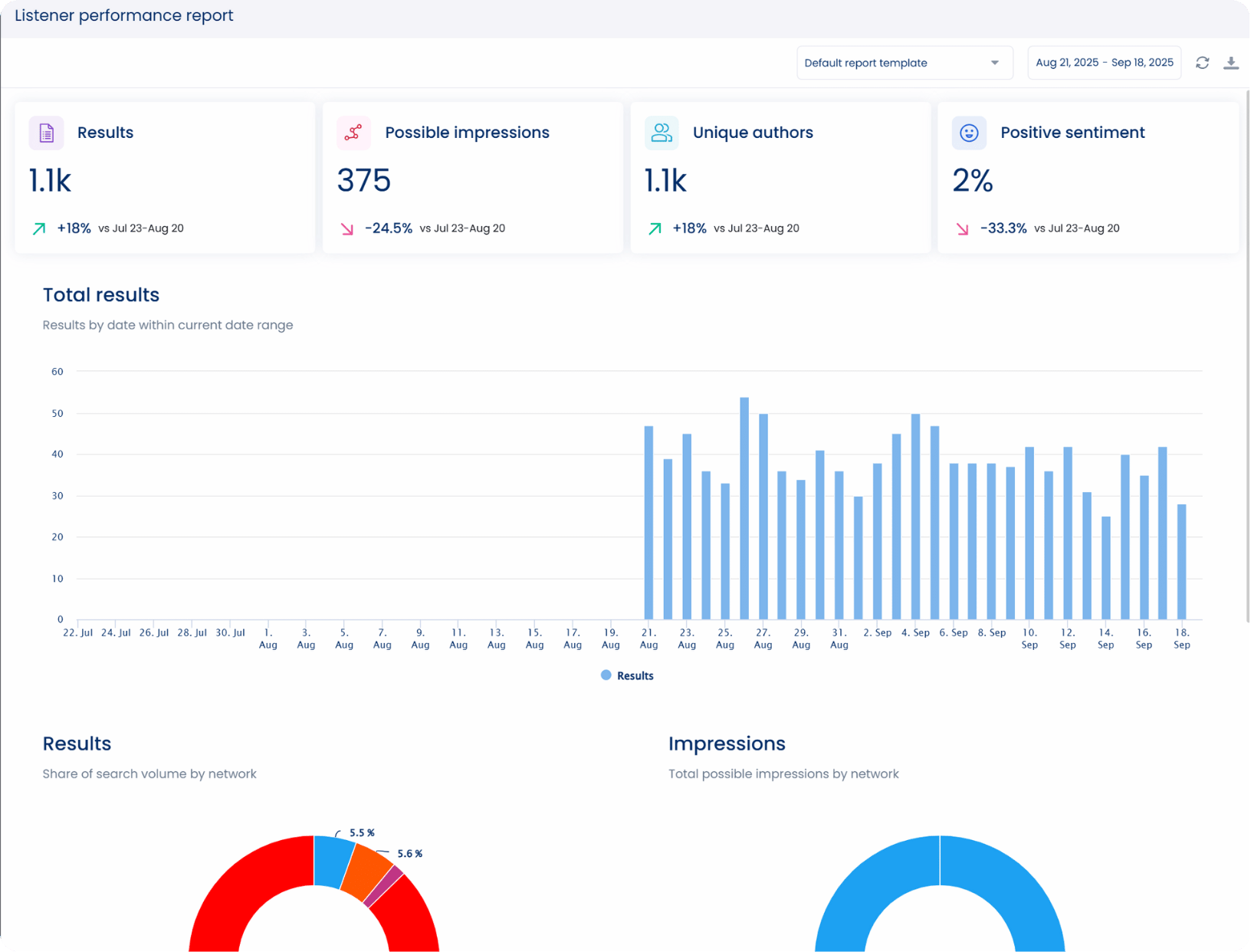
Vista Social is designed for flexibility and scale.
Small businesses can use it to simplify their monitoring while saving money, and larger enterprises can deploy it across multiple teams for collaboration.
For example, customer service can manage complaints in the unified inbox while marketing uses sentiment data to refine campaigns—all within the same system.
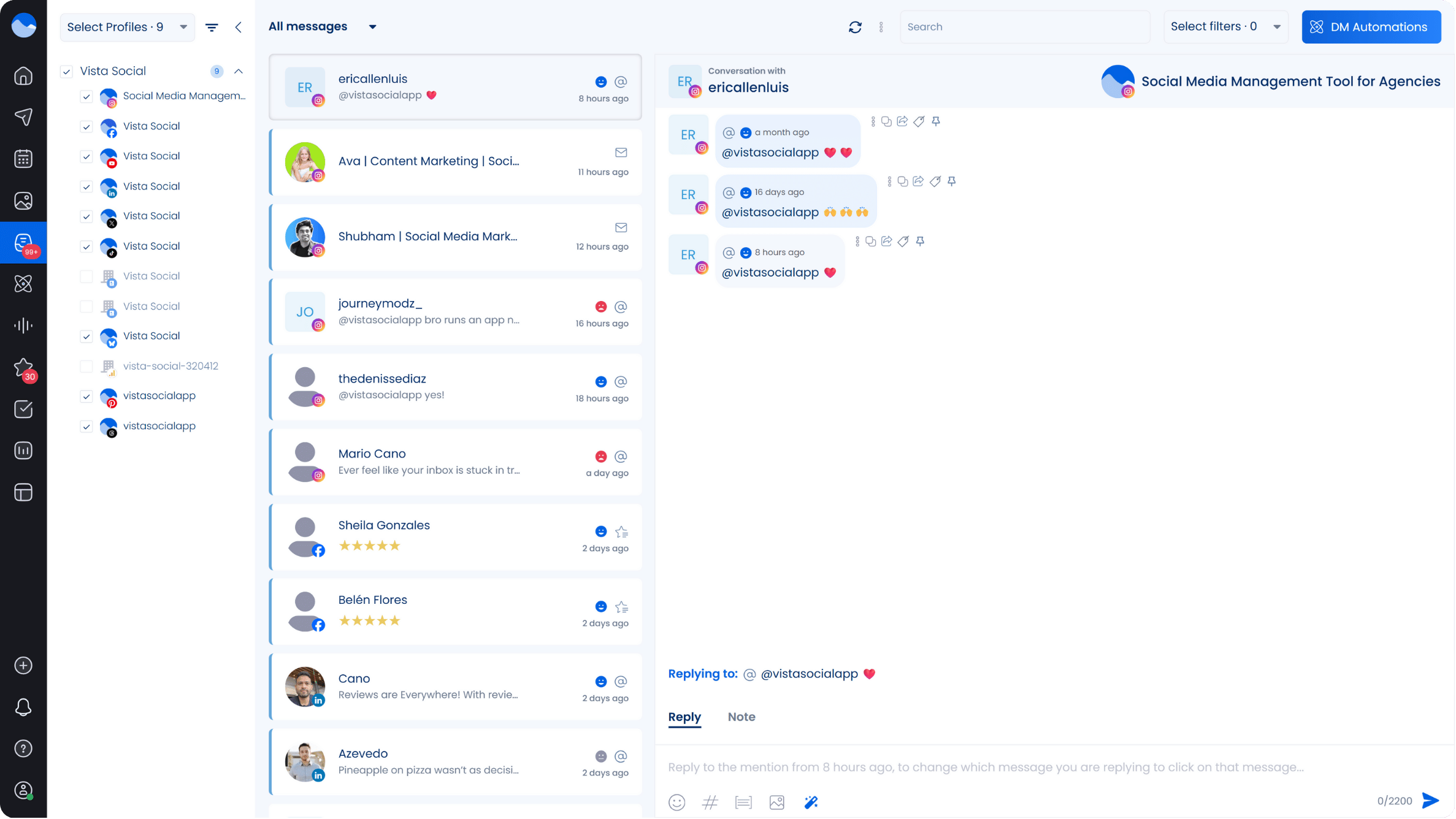
Another advantage of Vista Social is its ease of use.
Many enterprise-grade monitoring platforms overwhelm smaller teams with steep learning curves. Vista Social, on the other hand, provides advanced functionality but with a user-friendly interface that makes setup and adoption quick.
For marketers, this means you can go beyond simply monitoring mentions.
You can tie insights directly to campaign performance, ROI tracking, and brand reputation management.
It’s not just about listening—it’s about acting on the data to grow stronger relationships and avoid costly blind spots.
In short, Vista Social gives brands a 360-degree view of their presence across social media, helping them stay proactive instead of reactive.
It’s a true all-in-one solution for anyone serious about monitoring, engagement, and long-term brand health.
2. Brandwatch
Brandwatch is built for large-scale social intelligence and is one of the most advanced monitoring software available.
It’s designed for enterprises that need to analyze millions of conversations, spot cultural shifts, and detect sentiment patterns across multiple industries.
Its key capabilities include:
- AI-driven sentiment detection: It captures not just positive or negative tone but also subtle emotions that shape brand perception.
- Access to millions of tracked sources: It pulls from news sites, blogs, forums, and social networks so you never miss a mention.
- Deep analytics and visualizations: It helps teams spot trends and opportunities at a macro level and act on them with clarity.
Brandwatch excels when used for research and long-term analysis, rather than just real-time monitoring.
For example, a global brand could use it to track how sustainability issues are discussed worldwide and align campaigns with public sentiment.
The drawback is its complexity and cost.
Smaller teams may find it overwhelming, while enterprises benefit most from its depth.
3. Mention
Mention is known for its real-time monitoring and alerts, making it a great choice for brands that need to catch conversations the moment they happen.
Its strength lies in its speed and accessibility, helping small to mid-sized businesses stay agile without investing in an enterprise tool.
Its capabilities include:
- Monitoring blogs, forums, and social channels alongside traditional social media networks.
- Instant keyword notifications that alert you when your brand or products are mentioned.
- A clean, user-friendly interface that makes setup quick and simple, even for beginners.
Mention is particularly useful for crisis prevention.
For example, if someone publishes a negative blog post about your product, Mention can alert you before it gains traction.
However, the tool is limited in its reporting depth and analytics features, which makes it less suitable for teams that need robust dashboards or sentiment breakdowns.
Start monitoring your brand with Vista Social
If you’re ready to protect your reputation and uncover new opportunities, start with Vista Social. It combines publishing, monitoring, engagement, and analytics in one simple dashboard.
That means you can track mentions, respond to customers, and prove ROI without juggling multiple tools. Sign up for Vista Social today and take full control of your brand reputation.
Social media brand monitoring FAQs
What is social media brand monitoring?
Social media brand monitoring is the process of tracking mentions, sentiment, and conversations across platforms to protect and grow your reputation.
What tools are best for social media brand monitoring?
Some of the best tools for social media brand monitoring include Vista Social, Brandwatch, Mention, Hootsuite, and Sprout Social. Vista Social is the most complete all-in-one tool for monitoring and engagement.
How is brand monitoring different from social listening?
Monitoring tracks your direct brand mentions. Listening captures broader industry, cultural, and competitor trends.
Why is sentiment analysis important?
Sentiment analysis shows if mentions are positive, negative, or neutral. This helps you prioritize responses effectively.
Can small businesses benefit?
Yes. Even smaller brands face risks. Monitoring ensures quick responses and builds trust with customers.
How often should brands monitor social media?
Brands should monitor their social media mentions daily. Ideally, you should set up real-time alerts to respond instantly.
Which platforms should you monitor?
Facebook, Instagram, TikTok, X (Twitter), LinkedIn, Reddit, and YouTube—wherever your audience is active.
Can social media brand monitoring prevent crises?
Yes. By spotting early warning signs, you can address issues before they escalate into viral problems.
Does monitoring improve ROI?
Absolutely. It protects your reputation, drives UGC, and identifies influencers and opportunities that fuel growth.
What metrics matter most?
Some of the most important brand monitoring metrics include share of voice (SoV), sentiment shifts, average response time, and UGC growth.
About the Author
Content Writer
Jimmy Rodela is a social media and content marketing consultant with over 9 years of experience, with work appearing on sites such as Business.com, Yahoo, SEMRush, and SearchEnginePeople. He specializes in social media, content marketing, SaaS, small business strategy, marketing automation, and content development.
Read with AI
Save time reading this article using your favorite AI tool
Summarize with AI
Never Miss a Trend
Our newsletter is packed with the hottest posts and latest news in social media.
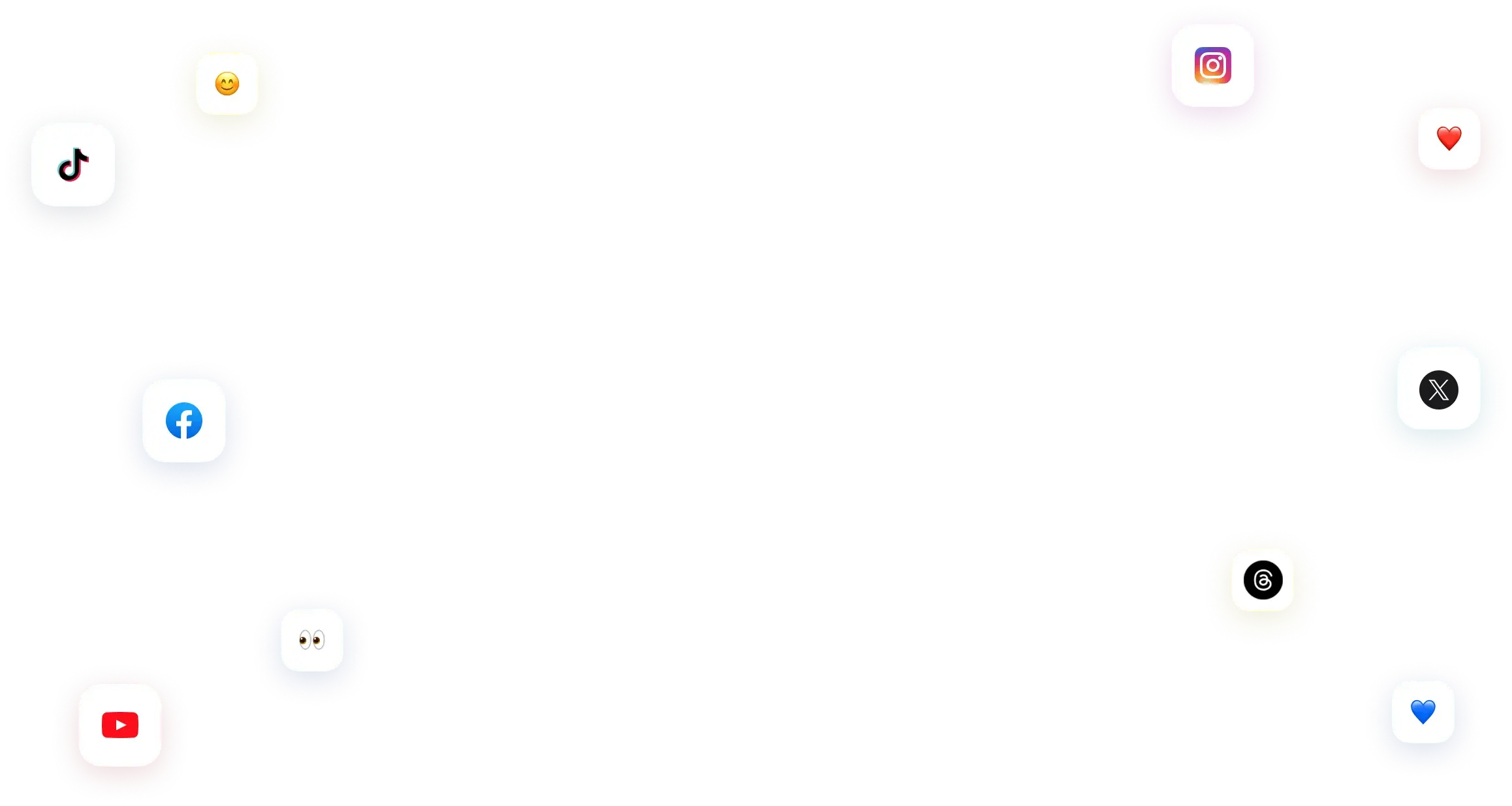
You have many things to do.
Let us help you with social media.
Use our free plan to build momentum for your social media presence.
Or skip ahead and try our paid plan to scale your social media efforts.
P.S. It will be a piece of cake 🍰 with Vista Social
Subscribe to our Newsletter!
To stay updated on the latest and greatest Social Media news. We promise not to spam you!



